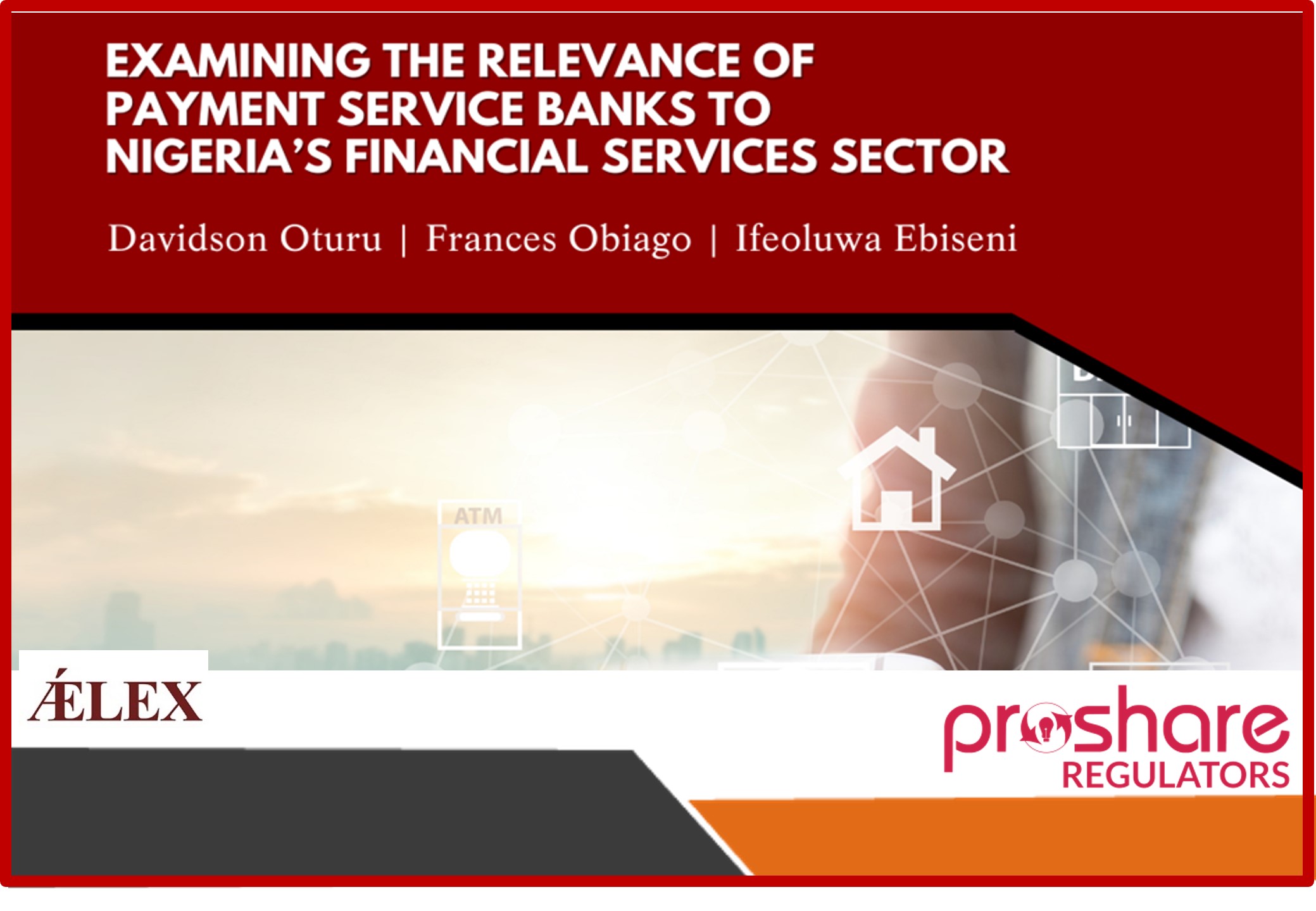Wednesday, May 25, 2022 / 09:01 AM / by Moody’s Investors Service / Header Image Credit: Business Today
Moody's Investors Service ("Moody's") has completed a periodic review of the ratings -and other ratings that are associated with the same analytical units for the rated entity(entities) listed below.
The review was conducted through a portfolio review discussion held on 16 May 2022 in which Moody's reassessed the appropriateness of the ratings in the context of the relevant principal methodology(ies), recent developments, and a comparison of the financial and operating profile to similarly rated peers. A possible outcome from periodic reviews is a referral of a rating to a rating committee.
This publication does not announce a credit rating action and is not an indication of whether or not a credit rating action is likely in the near future. Credit ratings and outlook/review status cannot be changed in a portfolio review and hence are not impacted by this announcement.
Key Rating Considerations
The principal methodology used for this review was Banks Methodology published in July 2021.
Key rating considerations on a forward-looking basis may include but are not limited to the following summarized below.
Asset Risk: a bank's asset risk is fundamental to creditworthiness because banks have high leverage, which implies that a small deterioration in asset value has a large effect on solvency. Credit quality problems are typically at the root of most bank failures, even though these problems can take a variety of forms, for example a deteriorating value of the loan collateral, resulting in higher losses. Asset risk includes a bank's other assets as well may also be vulnerable to other non-lending risk including market risk and operational risk.
Capital: asset risk and the need for capital go hand in hand. The greater the risk of unexpected loss, the more capital a bank needs to hold in order to retain the confidence of creditors, which enables the bank to fund itself and to shield bondholders from loss.
Profitability: profitability is an important indicator of an institution's ability to generate capital, and is hence another measure of its ability to absorb losses and recover from shocks. A bank with weak or negative profitability has less ability to absorb asset risks than one with strong internal capital generation capacity, other things being equal.
Funding Structure: a bank's funding structure has a strong bearing on its probability of failure or requiring assistance, because some sources of funds are less reliable than others. A bank that makes significant use of an unreliable funding source — perhaps short-term in nature, or from particularly risk-sensitive counterparties — is more likely to suffer periodic difficulties in refinancing its debt, putting it at greater risk of needing support.
Liquid resources: to provide a full picture of liquidity, an assessment of the funding structure of a bank has to be viewed in the context of the composition of its assets. Liquid resources are enhanced when a bank has high-quality liquid assets that can both be readily sold or pledged for cash in private markets in response to its funding counterparts' changing behavior, or that can in extremis be repoed with central banks under standard terms.
Qualitative considerations: There are occasionally other bank-specific considerations that we believe can influence core fundamentals. These additional factors are typically qualitative in nature, although in some cases our assessments may be informed by certain quantitative indicators. These factors include Business Diversification, Opacity and Complexity and Corporate Behavior.
The bank ratings are ultimately derived from the application of our Support and Structural Analysis, which comprises the following:
Affiliate Support, where an entity may be supported by other entities within a group, or occasionally affiliated third parties, thus reducing its probability of default.
Loss Given Failure (LGF), where we undertake a liability-side analysis to assess the impact of a failure — absent government support — in terms of the potential resultant loss on the bank's rated debt instruments. We also incorporate instrument-specific coupon features.
Government Support, where an entity may be supported by public bodies, such as local, regional, national, or supranational institutions, again reducing the risk for some or all instruments. We assess this using our JDA framework.
This announcement applies only to Rated Entities with EU rated, UK rated, EU endorsed and UK endorsed ratings. Rated Entities, with Non EU rated, non UK rated, non EU endorsed and non UK endorsed ratings may be referenced herein to the extent necessary, if they are part of the same analytical unit.
List of Issuers/Rated Entities
• Absa Group Limited
• Bank of Alexandria SAE
• Banque du Caire SAE
• Banque Misr SAE
• Bidvest Bank Limited
• Commercial International Bank (Egypt) SAE
• Co-operative Bank of Kenya Limited
• Equity Bank (Kenya) Limited
• FCMB (First City Monument Bank) Limited
• First Bank of Nigeria Limited
• First National Bank of Namibia Limited
• FirstRand Bank Limited
• Investec Bank Ltd.
• KCB Bank Kenya Limited
• Mauritius Commercial Bank Limited
• National Bank of Egypt SAE
• Nedbank Limited
• SBM Bank (Mauritius) Ltd.
• Standard Bank Group Limited
This publication does not announce a credit rating action.
 Lagos, NG • GMT +1
Lagos, NG • GMT +1











 414 views
414 views












 Sponsored Ad
Sponsored Ad
 Advertise with Us
Advertise with Us









